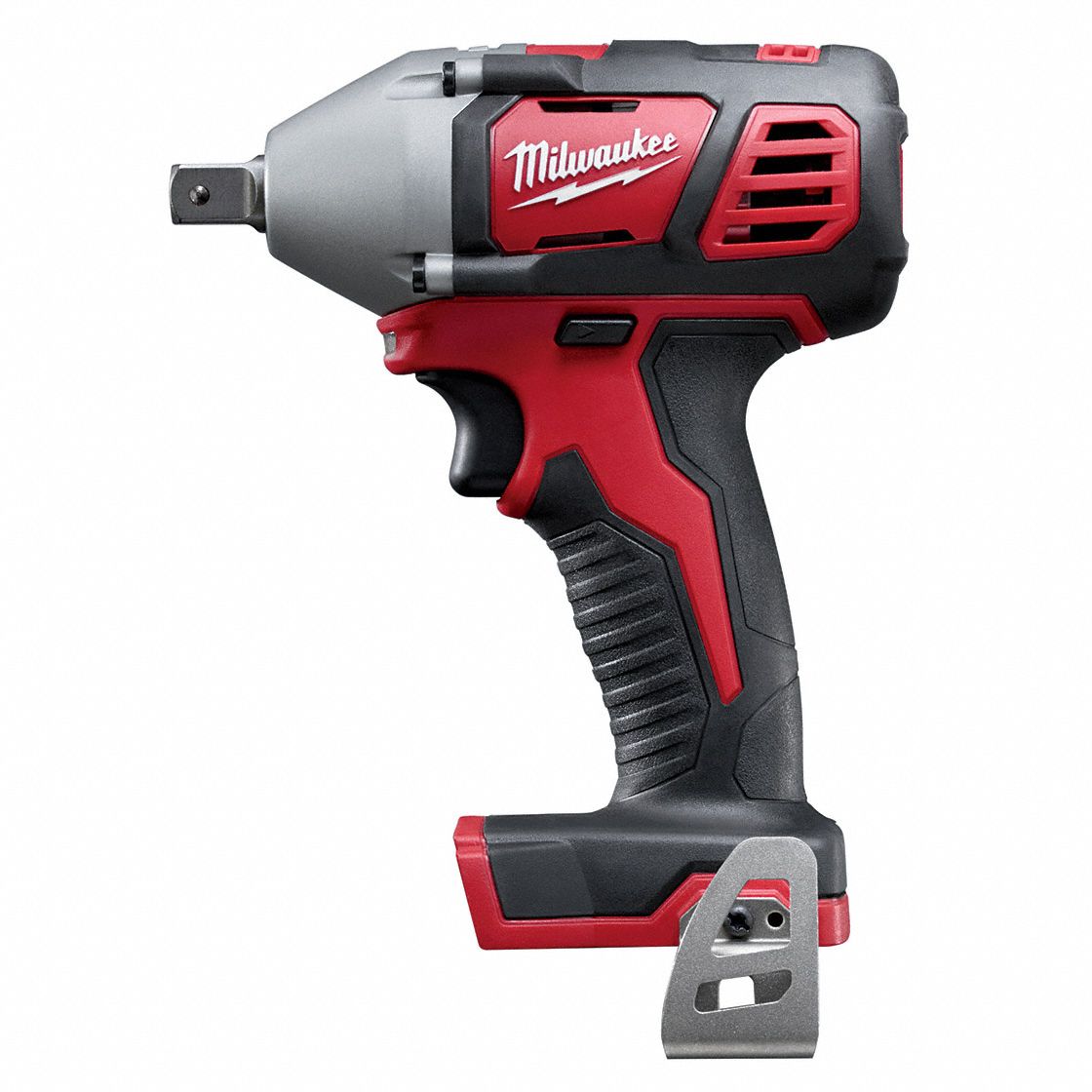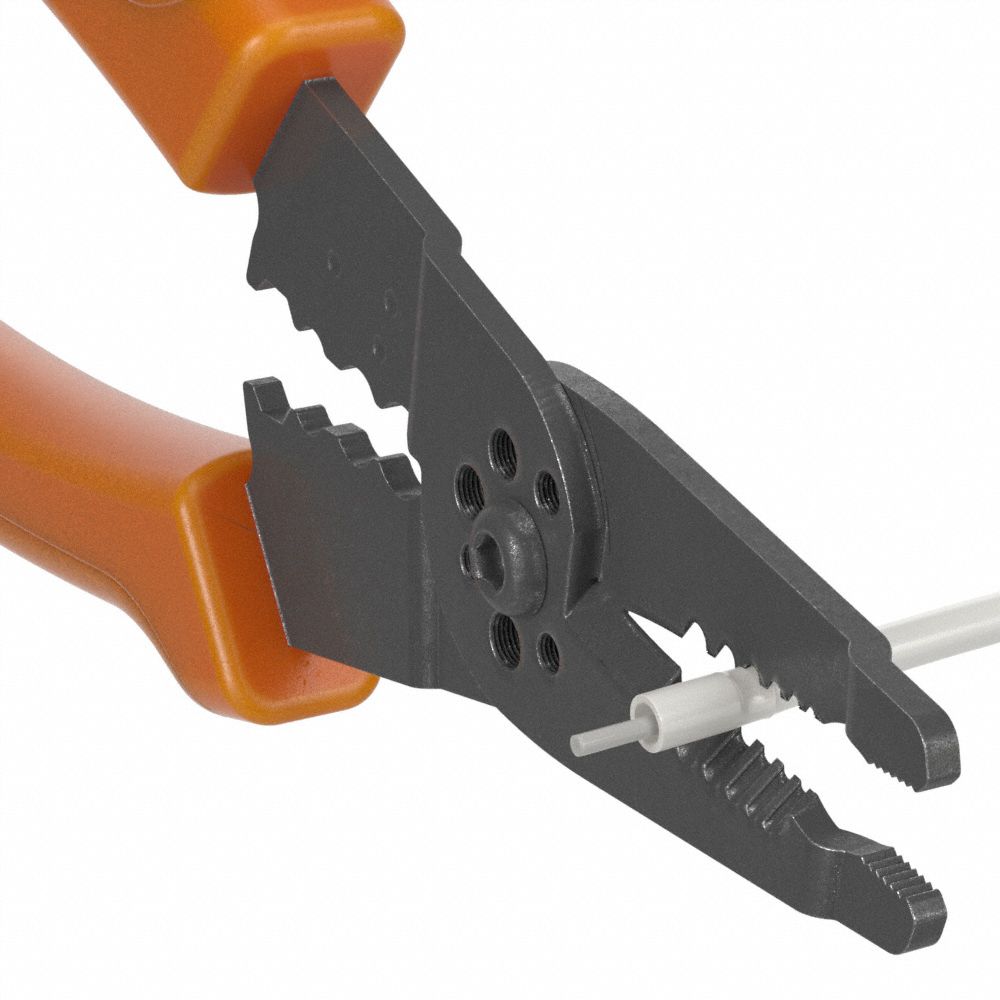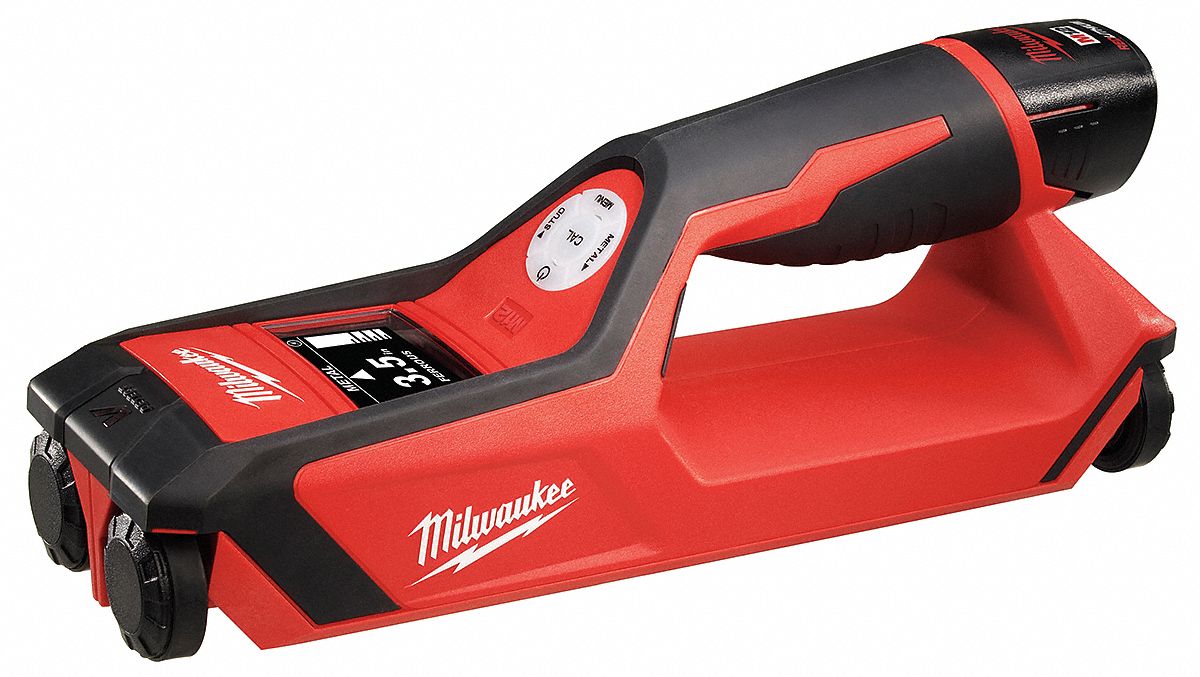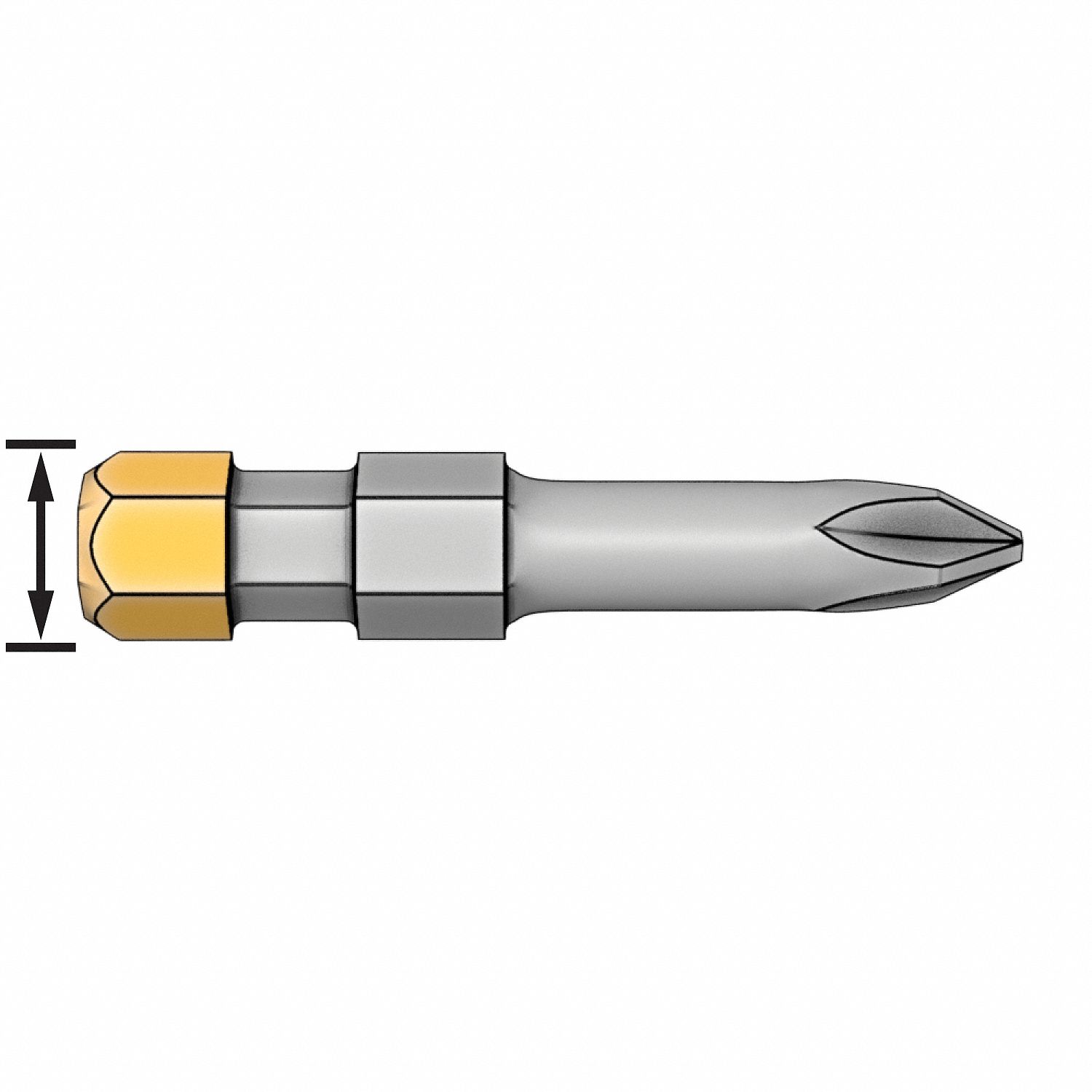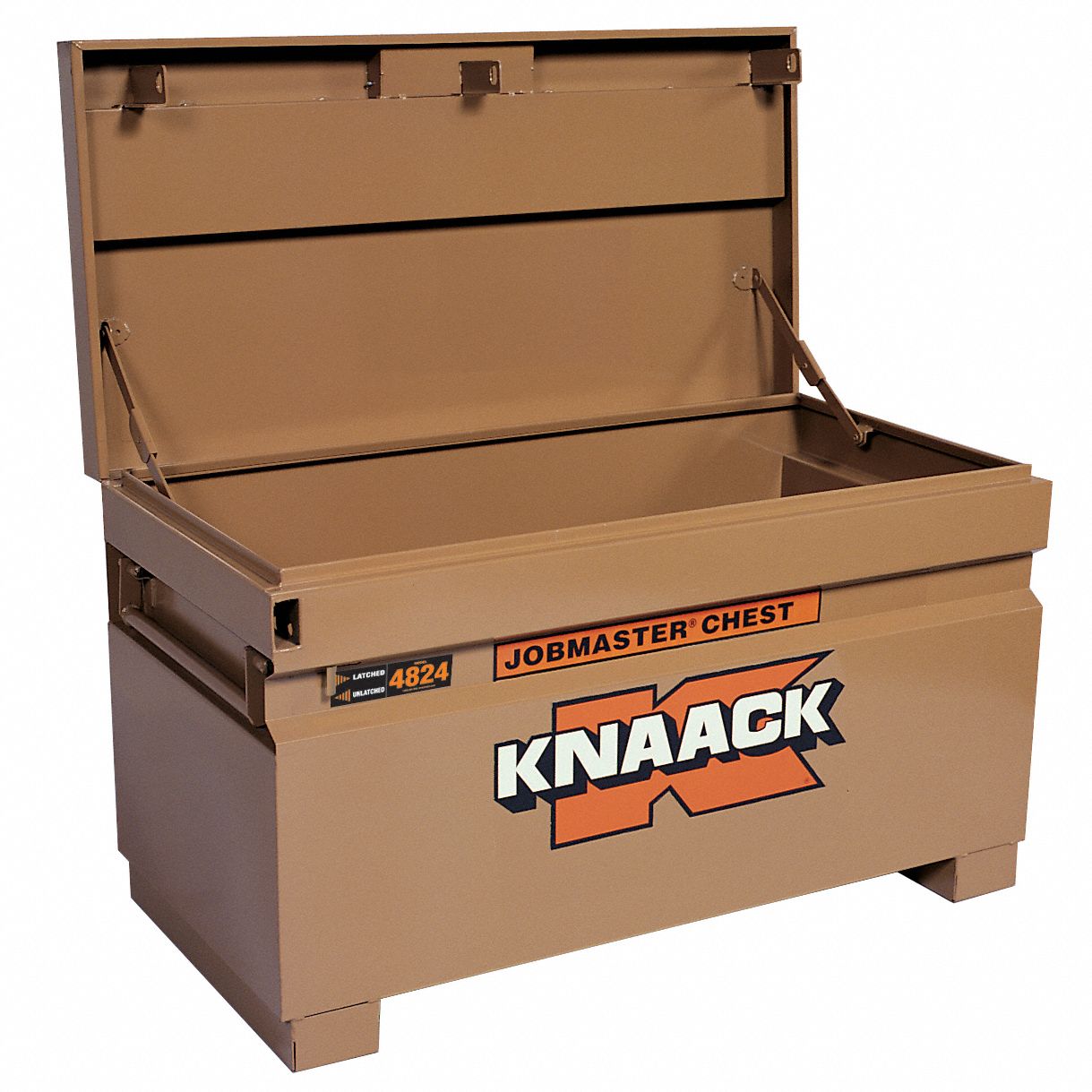

Creative Ways to Make the Most of a Small Workspace
By Grainger Editorial Staff 12/21/23


You can’t always get what you want.
Anyone who’s ever wanted to set up a well-organized workshop or workspace in an area that’s less than spacious, feels the truth in this saying. It would be great to have all the cabinets, drawers, bins, hangers and work surfaces that would let you easily put everything in its place, right at your fingertips, but there just isn’t room.
Fortunately, there are some guidelines that can help you make the most of a painfully small work area. Let's call them the Rules of Order.
First Rule of Order: Make It Flexible
When you’re working with a small space, you don’t want to lock yourself into a single layout. Making the area as reconfigurable as possible is a way of future-proofing it, letting you accommodate the essential tools you don’t own yet, the clever storage you haven’t built yet and all the projects you haven’t even dreamed up yet.
Another advantage of a reconfigurable space is that you can easily adapt to different workflows for different projects. For example, you can make space for an expandable rack to hold work in progress, or you can clear an area to allow work on larger-than-usual stock.
Second Rule of Order: Use Every Square Inch
When space is at a premium, you can’t let any of it go to waste. Using space on the wall is good – but using the wall space all the way up to the ceiling is better. And what about that ceiling? It might seem like a lot of effort to design and build cubbies, drawers and other custom storage for all those out-of-the-way and odd-shaped spaces, but it’s easy to justify the investment of time. Look at it this way: in a small space, every cubic inch is extremely valuable, so it's worth a painstaking effort to get access to more.
Third Rule of Order: Keep It Orderly
It might sound redundant, but it bears repeating. The classic junk-drawer approach, with anything and everything tossed in and jumbled together, is a great way to waste time searching for things that you just know are in there – and it’s also a big waste of space. With good organization, it’s easy to know what's there. You can easily make sure you don’t have unnecessary duplicates, parts for equipment you no longer own and any other stuff you don’t really need and won't ever use. Without good organization, that stuff just builds up until you get fed up and do a time-consuming total purge of every nook and cranny.
Tips on Following the Rules
Following the Rules of Order isn't always easy, especially starting out. How do you know where to begin? Here are some practical ideas and tips you can use immediately.
First tip: Pegboard is a classic way to cover a wall with reconfigurable hangers for tools of all sizes. If that sounds too basic, there are ways to take it to the next level:
- Look for unused space to find unexpected places for pegboard, like the back of a door or the side of a cabinet.
- Build a sliding pegboard wall that can hide even more storage behind it. Mount it using sliding door hardware designed for closets or shower doors.
- Go beyond the classic pegboard-mounted tool hangers and clips, with pegboard-mounted shelving and bins.
Second tip: Set up a French cleat wall for the ultimate modular DIY option. French cleats are well loved in the woodworking world for good reason: they use an ingeniously simple design to hang things on walls in a way that’s stable but super easy to reconfigure. A French cleat has two parts: a long, top-beveled support rail mounted on the wall with the bevel facing the wall, and a hanger rail with a beveled bottom that fits into the support rail. Because of this design, the weight of the object holds it flush against the wall, holding it in place until you're ready to lift it out and move it somewhere else.
Third tip: Get wheels on everything so you can roll cabinets and large tools around with ease. Look for rolling tool chests and other mobile equipment, or put the wheels on yourself. When you’re picking out the casters, keep a couple things in mind:
- Make sure to get casters that lock to keep things in place while you’re working.
- Learn more about caster maneuverability and materials to choose a configuration that suits your needs.
Fourth tip: Get work surfaces you can pack away or roll elsewhere when not in use. Build a flip-up table that attaches to the wall with a hinge, mount a surface onto a rolling cabinet or collapsible sawhorses, or even attach a hinged work surface to folding legs for the pack-away table. You can also look for out-of-the-box solutions like portable workbenches and rolling worktables.
Fifth tip: Make odd storage for odd spaces. This is where the homebrew approach really comes into its own. Think hanging shelves that fit in those few inches between the bottom of your rolling tool chest and the floor, or PVC pipe offcuts that hold collections of small tools in tight places, or even ceiling-mounted cabinets and drawers. However out-there your idea might sound, there’s probably someone who’s already thought of it, done it and posted a video to show it off, so you won’t have to reinvent the wheel figuring out how to do it yourself.
Sixth tip: Sweat the small stuff. There are so many ways to keep those little things sorted. Parts cabinets with small drawers for small stuff. Compartmented boxes that can be stacked in customizable cabinets. Divider boxes that organize a bin into small compartments. Parts boxes that can slide into a holding frame. If your stuff is sorted and separated, you can more easily keep tabs and what you have and pare it down to the essentials.
Seventh tip: Keep track of what’s where. You know what’s in that drawer today but you’ll forget tomorrow unless you label it. A handheld label maker makes the task go faster, and chalkboard paint gives you a way to put an easily changeable label directly on a drawer or cabinet.
![]() RECOMMENDED KNOWHOW FOR YOU
RECOMMENDED KNOWHOW FOR YOU

Safety Management
Using the Heat Index Chart to Work Safely in Hot Weather
Use this heat index chart to understand how relative humidity affects perceived temperature and can increase the risk of heat stress.
![]() OUR LATEST KNOWHOW
OUR LATEST KNOWHOW
The information contained in this article is intended for general information purposes only and is based on information available as of the initial date of publication. No representation is made that the information or references are complete or remain current. This article is not a substitute for review of current applicable government regulations, industry standards, or other standards specific to your business and/or activities and should not be construed as legal advice or opinion. Readers with specific questions should refer to the applicable standards or consult with an attorney.




